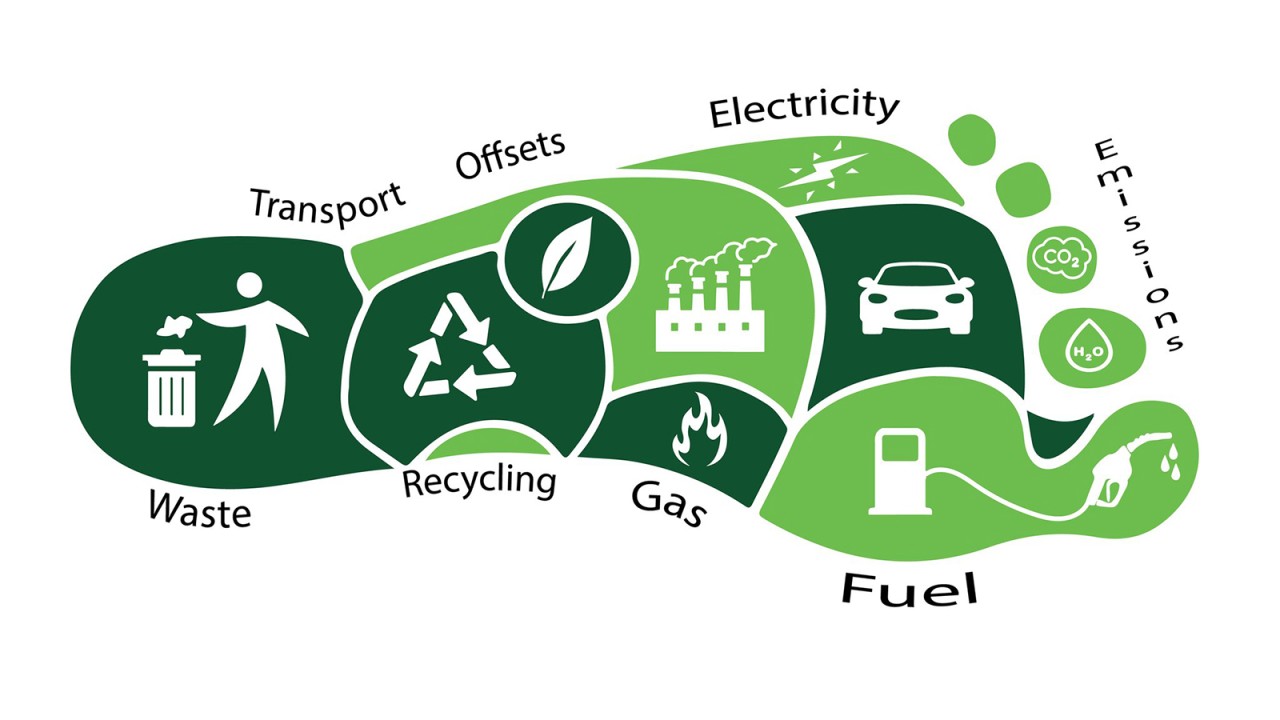
Musandiwa Sinyosi
How to Reduce a Company’s Carbon Footprint?
Most Read Stories Today
-
Water Scarcity and Artificial Rainfall: The Positive and The Negative Effects of Cloud Seeding, including Health Hazards and Climate Implications.
-
Renewable Energy in Rural Areas: Challenges, Opportunities, and Successful Rural Projects
-
Pakistan's Agriculture at Risk Due to Climate Variability
-
South Africa's Recent Floods: Is Climate Change to Blame?
-
South Korea's floods: root causes and prevention strategies.
-
South Africa: Cape Town, A City Under Fire
-
The Human Cost of Climate Disasters
-
Our Oceans, Our Future: The South African Dilemma of Overfishing
-
Degenerative Impact of Hydrocarbons On The Environment.
-
Successes and Failures of Paris Agreement
The problem is big, little changes you make every day can help contribute to a cleaner, greener future. With an increasing awareness of environmental sustainability, it is now more important than ever for businesses to minimize their carbon footprint.
Companies can support eco-friendly initiatives through company matching programs for donations to sustainable projects, encouraging employees to get involved. Hosting regular staff meetings is also an ideal way for employees to share ideas and find new ways to promote sustainability in the workplace.
Several Ways to Reduce Carbon Footprint on Workplace
- Achieving net-zero carbon emissions may seem like a lofty goal, but with the right strategy, it is attainable. Setting carbon reduction targets is an essential first step to reducing the business carbon footprint. Carbon targets define measurable objectives which help guide an organization’s efforts in becoming more environmentally conscious.
- Research has shown that energy consumption from business operations typically makes up a major portion of companies’ carbon footprints, making it a great area to focus on when trying to reduce the impact of a business. There are many ways to reduce energy use - purchasing more efficient equipment certified by ENERGY STAR, programming thermostats to only run during working hours, unplugging equipment at the end of each day, and taking advantage of natural sunlight for lighting. All of these are simple yet effective steps that can make significant reductions in carbon output and help to save money.
- According to the United States Environmental Protection Agency, transportation accounted for 27% of U.S. greenhouse gas (GHG) emissions in 2020. Regulating business travel is one simple way companies can reduce their carbon footprint while still benefiting their operations and bottom line. Regulating business travel should be a key element in GHG protocol for carbon emissions reductions.
- Companies can also consider a variety of energy-efficient measures, such as: Switching to hybrid or electric company vehicles. Allow employees to work from home. Utilize public transport or ride-sharing services for business trips, encouraging biking and carpooling to work. Sharing a ride to work every day can reduce the carbon footprint by about 2,000 pounds of CO2e every year.
- ESG (Environmental, Social and Governance) software is an emerging trend in the business world that helps organizations to reduce their carbon footprint. By using ESG reporting software, businesses can measure, monitor and manage their carbon emissions to find ways to make their operations more sustainable. This type of software can track energy usage, encourage waste reduction throughout the value chain, help with ESG data collection, provide clear reporting options on sustainability-related goals and even help with benchmarking against competitors.
- The world generates a large amount of waste, and commercial waste makes up a significant percentage of that. In 2018 alone, the US generated 292.4 million tons of waste to landfills, with a large percentage of that due to commercial operations. As a business owner looking to reduce carbon footprint, it is important to look at the company operations and identify ways to cut back on product waste.
- Engaging employees is one of the most effective ways for businesses to reduce their carbon footprint. Inviting employees to contribute their own ideas from a wide range of areas can both help them feel a sense of purpose in the fight against climate change, and open up further avenues for reducing emissions.
- Reducing a business' carbon footprint begins with ensuring that the leadership of the company is fully engaged. The commitment to reducing their own carbon footprint must start from the C-Suite by setting the example and providing clear action plans for everyone to follow.
Solutions and Action that can be Implemented Today
A company waste reduction strategy should include reusing products and packaging wherever possible, recycling as much material as possible, and rethinking product design so unnecessary materials are not wasted in the first place.
- Transitioning from paper documents to digital records.
- Placing convenient recycling bins around the workplace for easy access.
- Committing to packing any products that are sent out in sustainable packaging.
- Eliminating single-use plastics where possible.
Networking with like-minded people is a way to share ideas and form grassroots groups for more ways to reduce carbon footprint. Working together, you will be able to raise awareness, explaining why reducing the carbon footprint is important. Get involved with the government to influence regulation and encourage adopting policies and practices that protect the environment in the community.
To make sure each person across departments continues to strive towards this goal, they should see how individual efforts are being measured and rewarded; this will motivate them to keep on track and puts their own role into perspective when it comes to reducing the carbon footprint of your business as a whole.
Conclusion
If everyone does their part in reducing their own individual carbon footprints, the results can be collectively significant. Make environment more sustainable and ways to save energy in business premises. Consider investing in smart business energy-saving strategies, too. Together, we can help our communities contribute to reducing carbon footprints and protecting the environment.

Terms & Conditions
Subscribe
Report
My comments